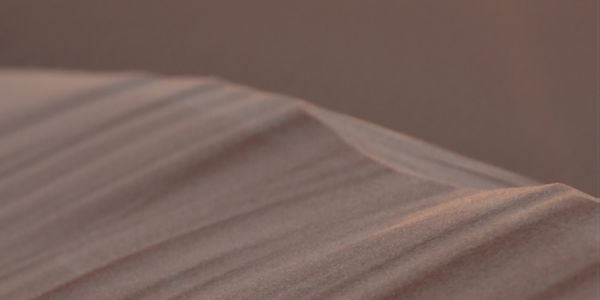
Exceptional vial - Dunes
Gilles CHABRIER, glass engraver, has created in collaboration with a glass blower a collection of exceptional bottles: Les Voyages de CARON.
A true virtuoso with a creative and experimental spirit, Gilles CHABRIER was inspired by the travel photographs captured by Ariane de ROTHSCHILD, to create the works of art that host our perfumes.
Each bottle is unique and handcrafted by a master glass artist. Similar models of the same inspiration will be presented to you exclusively in our boutique.
For any purchase of a Flacon d'Exception, CARON will be happy to offer you the perfume of your choice from the Merveilleuse Collection.
For more information, contact our ambassadors by phone at +33 6 48 88 65 51.
Description
A long-time partner of CARON, Gilles CHABRIER was inspired by travel photographs taken by Ariane de ROTHSCHILD, to sublimate the cases of our fragrances.
Gilles CHABRIER’s inspiration is limitless. Hand, eye, and ear: all the faculties take part in his expression. In his workshop, glass becomes a living material. He watches it evolve. He listens to it breathe. He weighs it. To sculpt the material, he practices the rigorous art of sandblasting, of which he is among the internationally recognised masters. Transparency and opacity, shapes and depth; the glass obeys him. He knows all its secrets and reveals them to us.
Histoire
At CARON, beauty is what makes us tick. Every day since the first one, we look for the nobility of materials. The rarity of know-how. The excellence of traditions. So we surround ourselves with the best craftsmen to create exceptional objects.
“In the desert, the wind erodes the sand and forms dunes. For these vials, I do the same thing in my workshop. I reproduce the work of nature and accelerate it. To achieve this, I blast nearly ten kilos of sand per minute onto the side of the bottle. This requires thick glass, which I use as a canvas to express myself. I don’t strike the glass; I don’t shock it. It’s a process of erosion, of grazing. The sandblaster is so powerful and the sand so fine (the grains are 90 micrometres) that the naked eye sees nothing: it’s only the hand that guides you and allows you to engrave. A single slip-up, and you create a hole two millimetres deep that can never be repaired. I cut into two thirds of the glass’ thickness. Some shapes appear that I don’t control, but that the material itself forms; for example, at the outlet of the nozzle. People think glass is inert, but it’s not true. It’s a living material that breathes and evolves over time.” Gilles CHABRIER, Glass engraver










